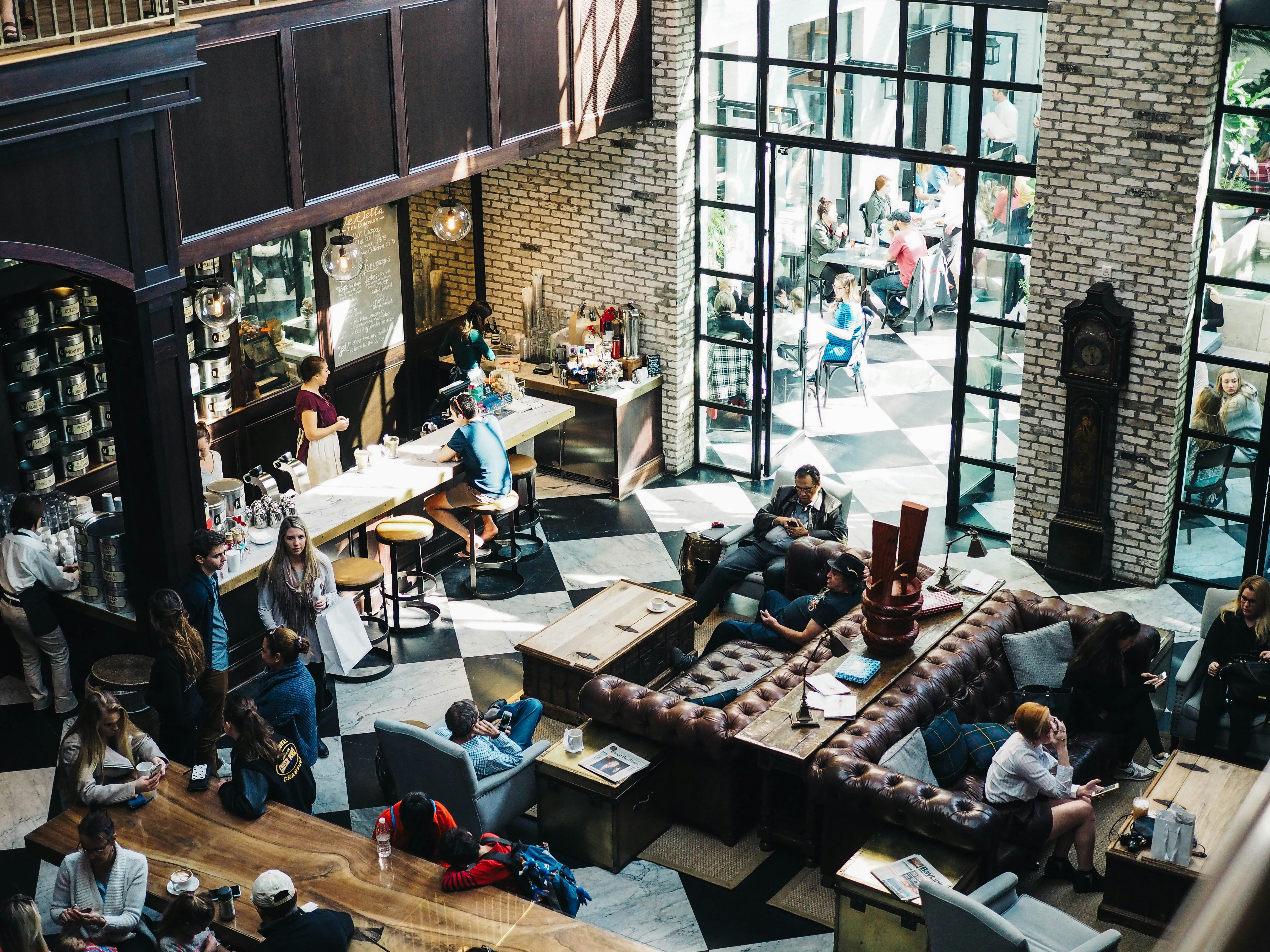
Building a Rotation of Remote Work Spots
Create a systematic rotation of laptop-friendly places to keep your remote work fresh and productive
Your home office is killing your creativity.
The same desk, same walls, same coffee mug. You sit down and your brain goes into autopilot mode. The familiar space makes you comfortable, but comfortable doesn’t produce your best work.
Remote workers who stay productive long-term build a rotation of workspaces. They don’t leave it to chance. They create a system.
Why Location Rotation Works
Your brain links environment to thinking patterns. Work from the same spot and you get the same quality of ideas. Change locations and you unlock different modes of thinking.
Coffee shops make you focus on immediate tasks. Libraries push you toward deep work. Hotel lobbies spark creative problem-solving. Each environment triggers different mental states.
A Stanford study found that walking increases creative output by 60%. Location changes work the same way. New surroundings stimulate your brain and break repetitive thought patterns.
The Three-Tier System
Build your rotation around three types of places:
Primary spots are your go-to locations. These are reliable places with good WiFi, power outlets, and laptop-friendly policies. You should have 3-4 primary spots within 15 minutes of home.
Secondary spots are for variety. These might be slightly farther or have specific hours. Use them when you need a change of pace or want to try something new.
Backup spots save you when primary locations are closed or crowded. Always have two backup options mapped out.
Match Places to Work Types
Different work requires different environments:
Focused work needs quiet spaces with minimal distractions. Libraries, quiet cafes, and co-working spaces work best.
Creative work thrives in stimulating environments. Busy coffee shops, outdoor spaces, and unusual locations spark new ideas.
Meetings require reliable internet and acceptable noise levels. Professional spaces like hotel lobbies or business centers work well.
Admin tasks can happen anywhere. These are perfect for your experimental spots.
Creating Your Schedule
Monday mornings at the corner coffee shop. Tuesday afternoons at the library. Wednesday at the co-working space.
Routine eliminates decision fatigue. You spend energy on work, not choosing where to work.
Start with one new location per week. Visit at different times to understand the patterns. Some places are perfect at 9 AM but unbearable at 2 PM.
Track what works. Note WiFi speed, noise level, and crowd patterns. Build a personal database of workspace intelligence.
Maintenance and Growth
Your rotation needs regular updates. Coffee shops close. Libraries change hours. New places open.
Check your spots monthly. Update your backup list quarterly. Remove places that no longer work.
Add new locations gradually. One new spot per month keeps your rotation fresh without overwhelming your system.
Making It Work
Start simple. Pick three primary spots near your home. Visit each one twice before deciding if it makes the rotation.
Test the basics: WiFi speed, power outlet availability, laptop policy, and noise level during your working hours.
Build relationships with staff. Regular customers get better service and flexibility.
Have a backup plan for every location. Know what you’ll do if your primary spot is closed or full.
The Systematic Solution
Finding verified laptop-friendly places takes research. You need to know about WiFi quality, power outlets, laptop policies, and work-appropriate atmosphere before you arrive.
Study Near Me solves this uncertainty. Every location is human-verified for remote work suitability. You know before you go that a venue welcomes remote workers and has the infrastructure you need.
No more guessing. No more wasted trips. Just a systematic approach to building your perfect rotation of productive workspaces.
Your home office doesn’t have to be your only office. Build a rotation that keeps your work fresh and your mind sharp.